Everywhere we look, the animal kingdom is teeming with examples of strength and courage. Yet, it’s often the smallest creatures that reveal the most extraordinary talents for survival. Their diminutive size might deceive us, but a closer inspection unveils incredible power, packed into tiny bodies—creatures that punch far above their weight and participate in daily dramas of innovation, adaptation, and not a little bit of bravado.
Physical strength in miniature
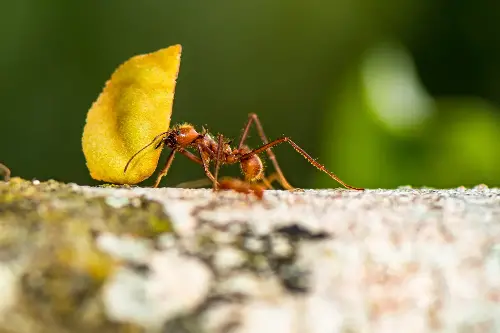
For those familiar with ants, their reputation for strength is well-deserved. The common leafcutter ant—a pioneer among six-legged engineers—can carry objects up to 50 times its own body weight. That’s the equivalent of a human lifting a car with one arm! But why are small animals often so strong? The secret lies in basic physics: as animals shrink, their cross-sectional muscle area decreases less quickly than their body mass, allowing them to lift astonishing weights compared to their size.
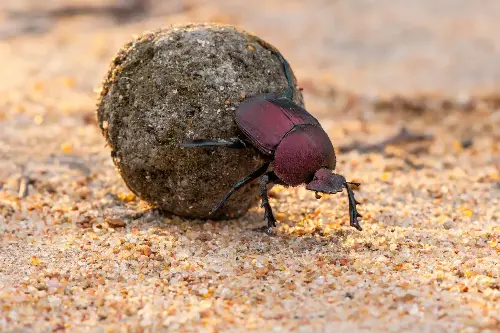
Despite their size, dung beetles are the unchallenged heavy-lifting marvels. Some African dung beetles have been recorded moving objects over 1,000 times their body weight, making them the strongest animals on earth relative to size. Their Herculean efforts keep ecosystems cleaner and fertilise the soil, revealing just how vital even the smallest species are in the grand machinery of nature.
Ingenious defences and survival strategies

Small animals often compensate for their vulnerability with outstanding defensive adaptations. The bombardier beetle, hardly larger than a coin, is capable of ejecting a boiling, noxious chemical spray from its abdomen when threatened. This rapid-fire chemical cannon operates at nearly 100 degrees Celsius, leaving would-be predators stunned and singed—proof that size is no barrier to effective self-preservation.
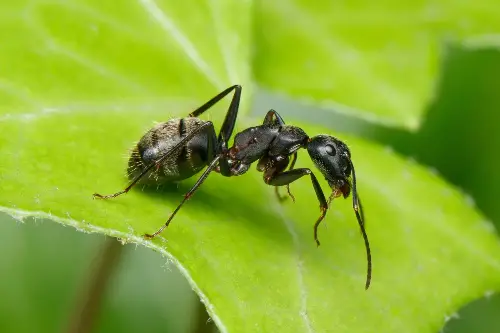
Similarly, the Malaysian exploding ant demonstrates a dramatic act of self-sacrifice. To protect their colony, worker ants will rupture their own bodies in a move known as autothysis, releasing sticky, toxic chemicals that immobilise invaders. This remarkable display of courage and altruism stands as a striking reminder that bravery is not the exclusive purview of larger animals.
Tactics of the tiny hunters
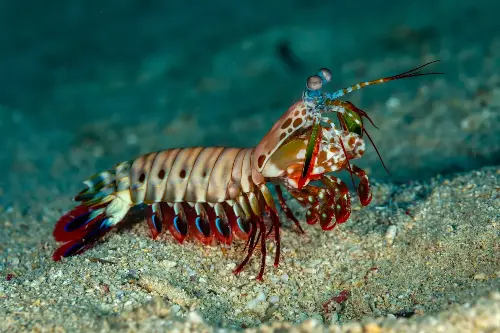
Predator and prey interactions are often seen as the province of the big cats, wolves, and birds of prey. Yet, many miniature hunters are every bit as fierce. The mantis shrimp, just 10 centimetres long, wields a hammer-like appendage capable of accelerating faster than a bullet—delivering blows that crack open crab shells and, occasionally, aquarium glass! With eyes that can see polarised light and a spectrum of colours far beyond what humans perceive, the mantis shrimp is an apex predator in the miniature underwater world.
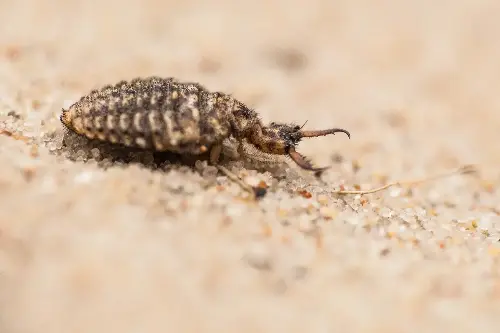
Antlions, fairy-like as adults, spend much of their lifecycle as larvae, lurking in cone-shaped sand pits that function as deadly traps for unwary ants and spiders. Their jaws snap shut with astonishing speed, and thanks to ingenious pit construction, escape is nearly impossible for captured prey. Through patience and adaptation, these inconspicuous creatures sit confidently atop their small-scale food chain.
Resourcefulness in everyday life
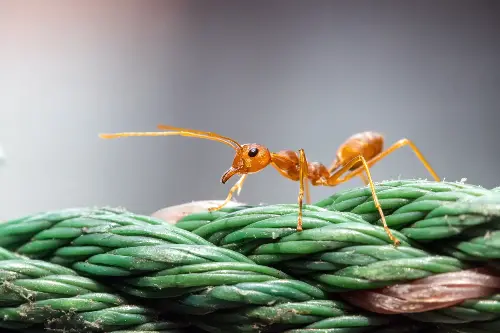
Survival in the animal kingdom is as much about smarts as about muscle. The tiniest animals are often the most resourceful, displaying behaviours that could rival even the cleverest mammals. The weaver ant, for example, builds hanging nests by stitching leaves together using silk produced by its larvae. Teams of workers coordinate to pull leaves into position and glue them together, a feat of collective engineering that highlights both strength and collaboration.
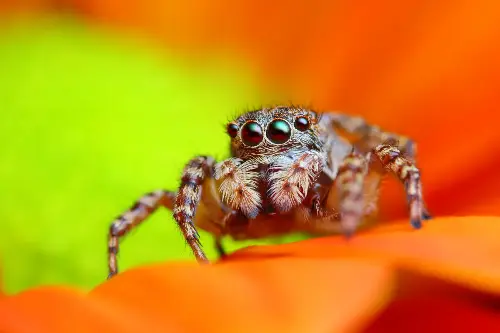
In the world of jumping spiders, bravery and intelligence come together. These spiders, many no bigger than a fingernail, have excellent vision and complex hunting strategies. Unlike web-bound relatives, jumping spiders stalk and pounce on their prey, judging distances with remarkable accuracy. They even display the ability to learn from past experiences and adapt their behaviour—qualities we too easily reserve for larger-brained animals.
Power in numbers: collaboration and courage
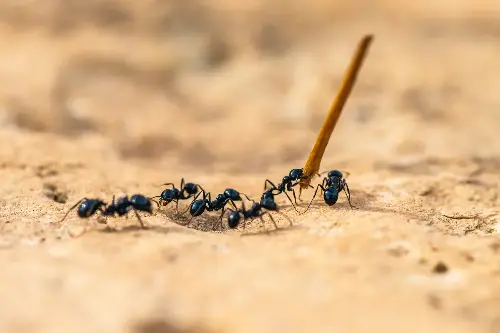
Tiny creatures frequently display courage amplified by cooperation. Consider the driver ants of Africa. Individually, they are hardly formidable, but together, their marching columns survive by sheer organisation and teamwork. With jaws strong enough to pierce animal hide, these aptly named “army ants” swarm en masse, overwhelming anything in their path, defending their colony and even dragging home prey much larger than themselves.
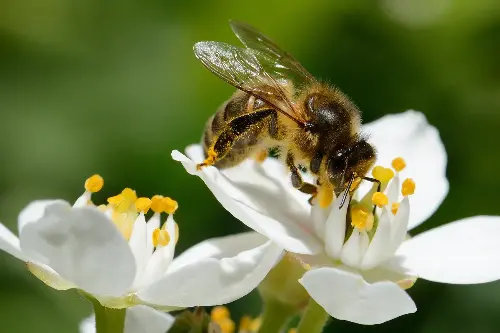
Similarly, honeybees demonstrate that bravery is often an act of community. When their hive is threatened, bees defend it with unyielding commitment, sacrificing their lives if need be. A single bee’s sting is a minor inconvenience, but together, their combined efforts deter bears, birds, and even humans. It’s a classic example of how seemingly fragile individuals create power in unity.
Unseen warriors with major impacts
Some of nature’s mightiest acts go unnoticed, happening among animals invisible to the naked eye. Tardigrades, also known as water bears, are famous for their incredible resilience. They survive freezing, boiling, exposure to radiation, and the vacuum of space—abilities few other organisms on earth can claim. These microscopic powerhouses ensure the survival of species across catastrophes that would endanger far larger animals.
Another everyday hero is the parasitic wasp. Minuscule but mighty, the wasp subdues caterpillars many times its size, laying eggs directly inside them. The larvae grow by carefully consuming non-essential tissues, allowing their host to live until just before emergence, maximising the nutrients available and ensuring the next generation. It’s a brutal but eccentric approach to life—testament to the endless ingenuity of tiny creatures.
The next time you pass by a bustling anthill or spot a spider in your garden, pause to remember that great acts of strength and bravery are happening on a scale almost too small to see. In the world of animal adaptations, nature’s miniature warriors prove that being small is no barrier to being mighty, resourceful, and incredibly important.
